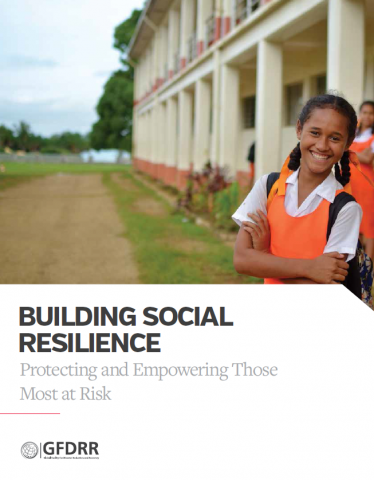Building Social Resilience: Protecting and empowering those most at risk


This paper was prepared as an input to the fourth Global Assessment Report on Disaster Risk Reduction (GAR). The GAR reports biannually on global progress, trends, and challenges in the field of disaster risk reduction (DRR). It also serves as an instrument to monitor and document progress made by signatory countries towards the implementation of the DRR priorities and actions agreed under the 2005 Hyogo Framework for Action (HFA).
This paper aims to contribute to these goals by exploring progress and documenting good practice related to the implementation of “policies and plans to reduce the vulnerability of populations most at risk.” Therefore, the paper begins by unpacking the idea of “vulnerability” and describing who is most at risk to natural hazards and how that risk may shift in the decades to come due to climate change. From there, the paper discusses approaches that improve the resilience of those most at risk, and describes examples of ongoing or completed projects that demonstrate what works. Based on these findings, the paper concludes with recommendations for principles and commitments to be included in the successor agreement to the HFA.
– GFDRR, 2015
